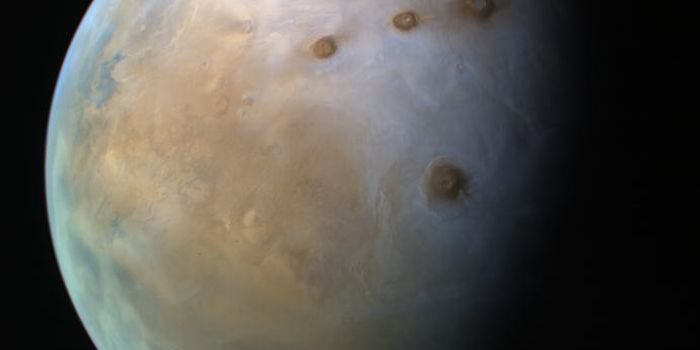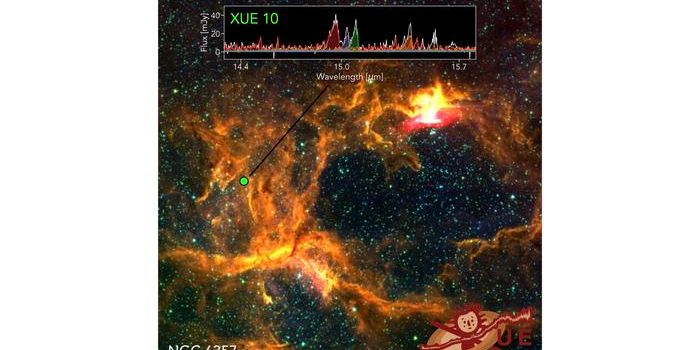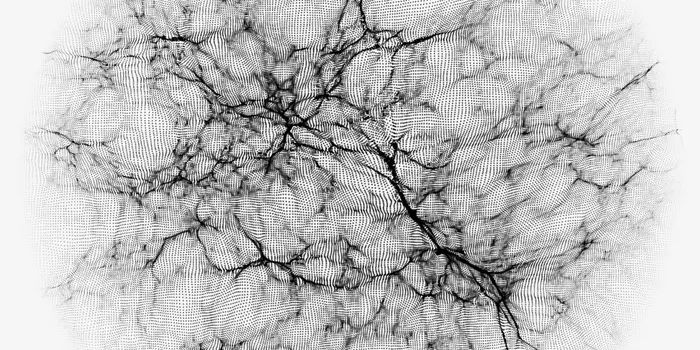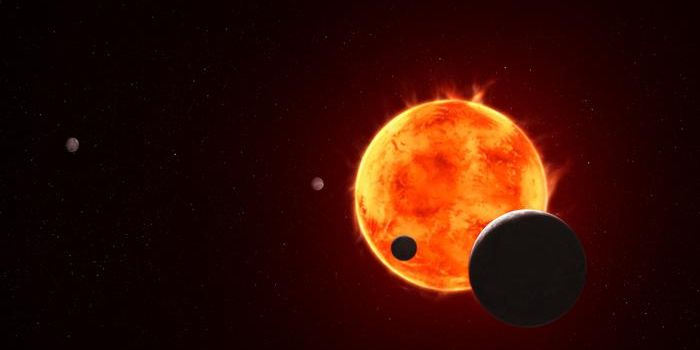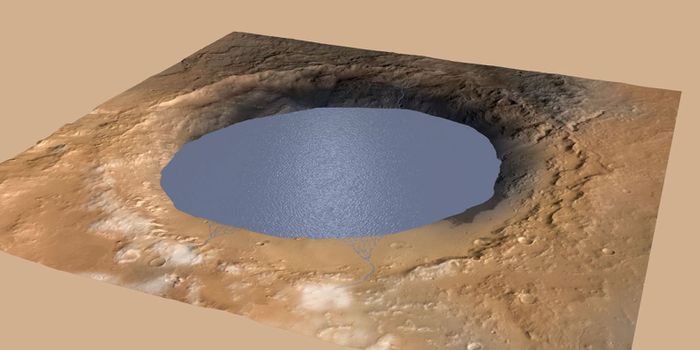Here's Why NASA Wants to Crash a Spacecraft Into an Asteroid
Yes, you read that right; NASA would like to slam a purposefully built spacecraft into the surface of an asteroid. While this idea might seem like a substantial waste of time and resources to some, NASA’s Planetary Defense and Coordination Office sees it as a brilliant opportunity to learn more about what happens when you meet force with an opposing force in outer space.
The idea is to learn whether it’s possible or not to disturb an asteroid’s orbital trajectory with a high-velocity impact. If successful, this would have significant implications for defending our planet against conceivable asteroid impacts – especially those that endanger life on our planet as we know it. The test will involve two separate missions, which are collectively being called the Asteroid Impact and Deflection Assessment (AIDA).
The first mission will be known as the Double Asteroid Redirection Test (DART), and after the spacecraft launches in 2021, it will purportedly slam into an asteroid between September or October the following year such that scientists can observe what happens next. The spacecraft will carry a camera cubesat that will deploy shortly before the collision to record everything. Astronomers will also tune into the asteroid target with telescopes to identify any shifts in speed or direction.
The second mission will come from the European Space Agency, and it’ll be called the Hera Mission. This spacecraft will visit the same asteroid that DART targets two years later to assess the impact DART made on the surface. From this, scientists can identify how much damage the spacecraft did to the space rock.
Many astronomers suggest that we’re long overdue for an extinction-level asteroid impact, and while there don’t appear to be any space rocks on our immediate radar, that’s not to say there isn’t a surprise asteroid lurking out there somewhere. Missions like this one will help humankind prepare for the worst as space rock-centric threats materialize, and perhaps one day, the results could save us all from imminent doom.

